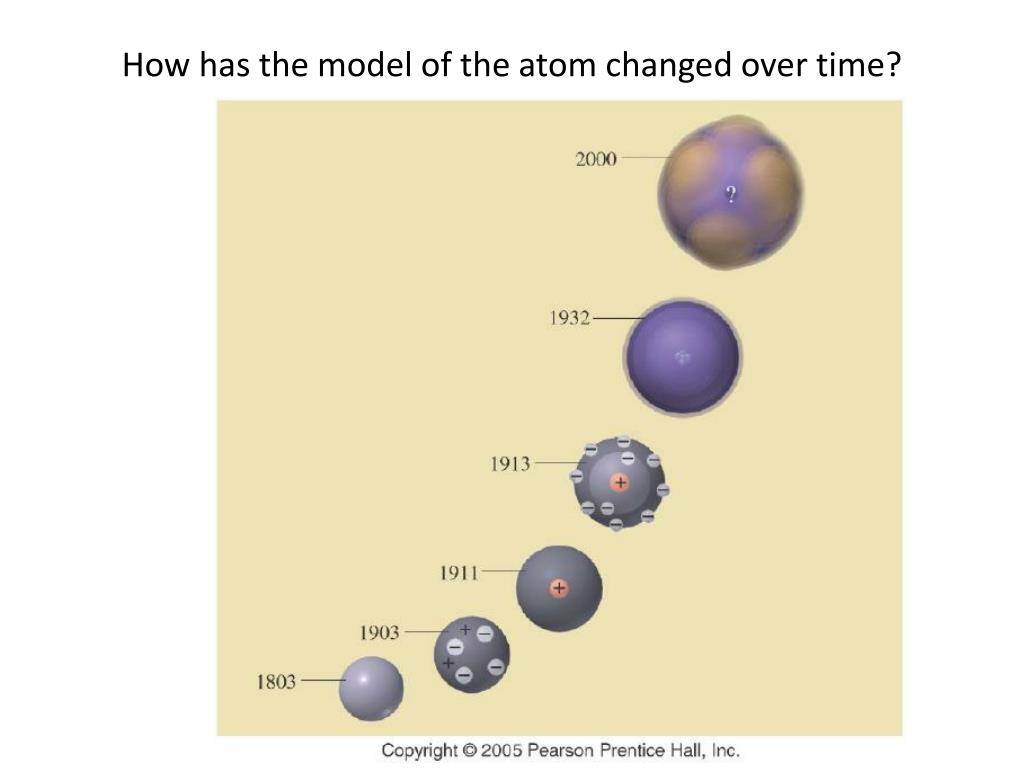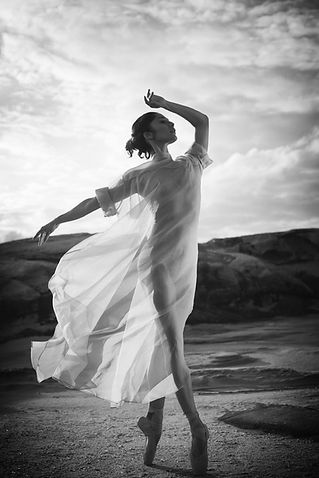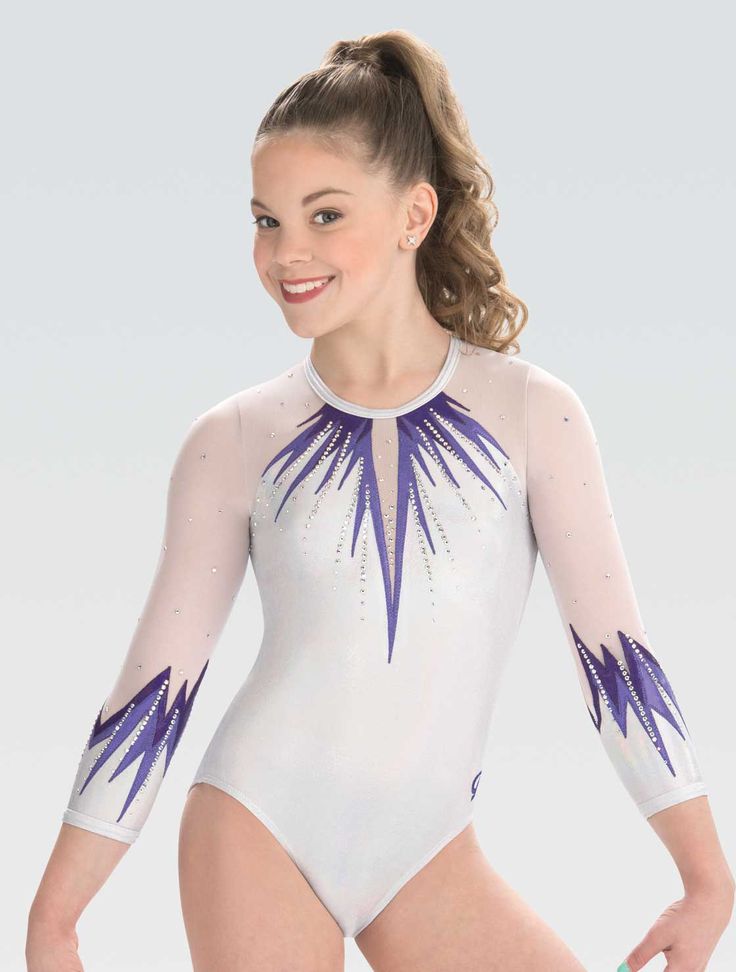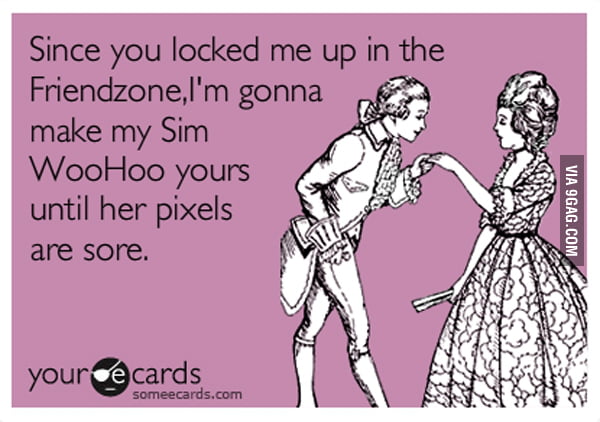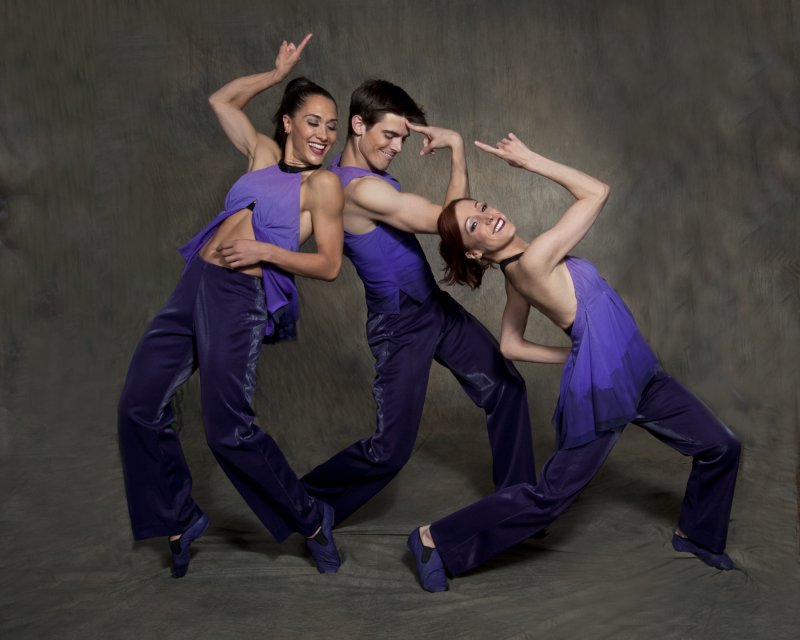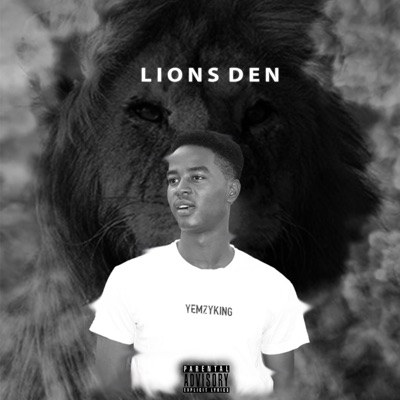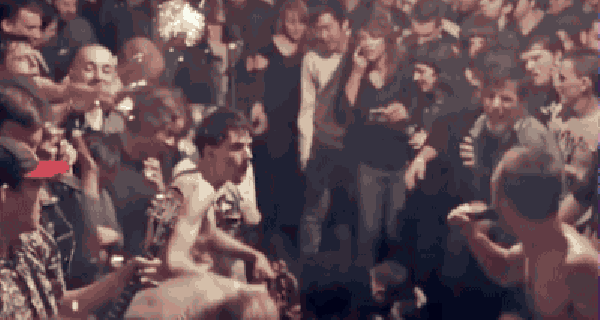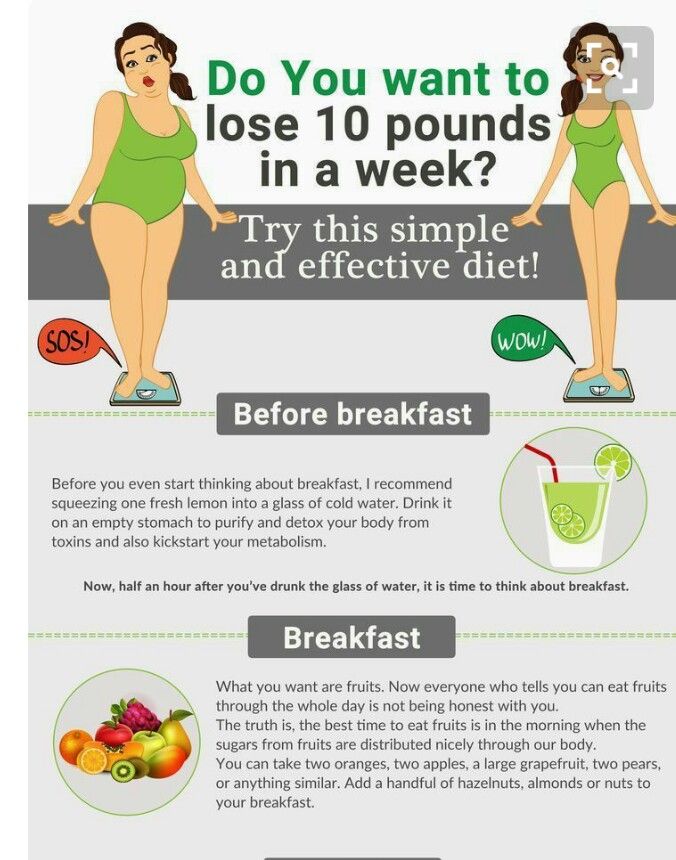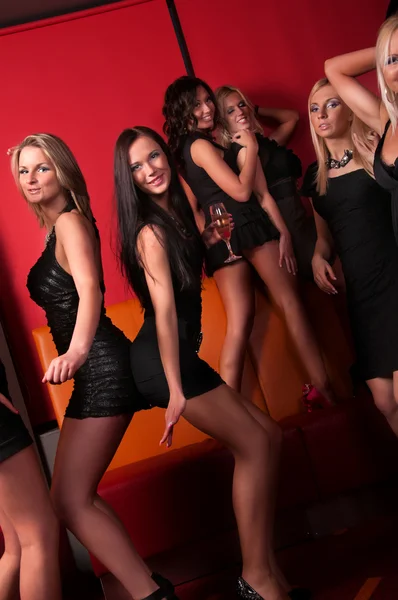How to look like a good dancer
How to look good dancing, in just one lesson | Dance
I'm in a high-ceilinged studio space with whitewashed floors and bright lighting. This place doesn't look much like a nightclub and there's no party atmosphere, but I have come to dance, or at least to take part in an Introduction to Dance class: I want to find out if there is any hope for me.
Actually, I don't think I'm a terrible dancer. There was a time in my 20s when I would go clubbing without fail every week and it didn't take much to lure me on to the dancefloor. Dancing gave me the opportunity to totally lose myself; for someone like me who doesn't drink or do drugs it wasn't just intensely pleasurable – it also felt necessary. Today I am a middle-aged, married, mortgaged, fortysomething father. My opportunities for dancing have diminished, as has my confidence.
Tania, our instructor, takes us through our first moves. I hadn't realised until now how much of my dancing style was arm-based – random pointing played a crucial role in my technique. I also realise how little I was moving my legs and especially my upper body. It's almost as if I wasn't allowing myself to respond instinctively to the music and the beat.
Tania stresses the importance of relaxing the chest. She shows us how to crumple and twist our middle section by breaking it into different areas – the upper chest, stomach and hips – and trying to move one part without affecting the others. I am even asked to do something called a ripple. It's the sort of move I imagine pole dancers learn during their training, and indeed when done well it looks as if your body is undulating in musical ecstasy. It doesn't quite look like that when I do it.
Having to isolate different moves and focus on the chest, then shoulders and neck, makes me appreciate that my style of dancing is stiff rather than fluid – more Ian Curtis than Curtis Mayfield – and the way to improve that is to focus on the core rather than the limbs.
Tania's promise, or warning, that the class would be funky, meant the anodyne hip hop music we were dancing to wasn't anything I would usually subject myself to and the moves that suited the music- sudden drops with legs apart, tapping the inside and outside of one's shoes as you shake your lower leg- weren't things I could imagine doing while listening to Joy Division: good dancing demands good music.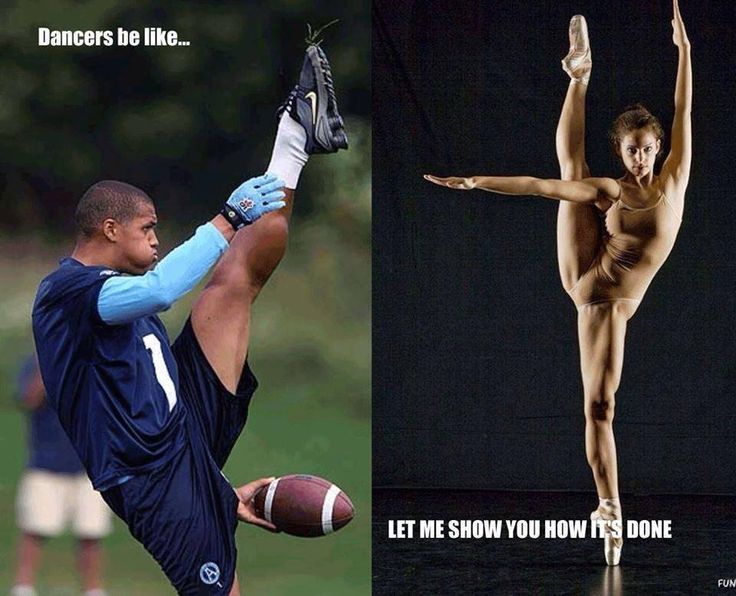
I stare at myself in the huge mirrors, dancing to hip hop music – suddenly dropping down with legs apart or shaking my lower legs – and at first I feel self-conscious. It's hard not to enviously glance at the others as they morph into Michael Jackson and Beyoncé.
By the end of the class I am totally exhausted and just a little bit exhilarated. The most important lesson I have learned isn't any particular dance move, although that helps, but just that it is so freeing to have an outlet to dance where for an hour and a half I am not thinking about work or family or Twitter: just about how good it is to move your body to the music.
That weekend, in the safety of my living room I put on some music – Pulp's Disco 2000 – and have a dance with my wife, Bridget, and our two-year-old daughter, Laila. As I dance, I notice how much more aware I am of my body. Dancing well is about good music and good moves but it is also about realising that no one is ever too old to dance, and that the dancefloor needn't have a glitter ball – it can even have a dining table.
In one way it is rather ridiculous, the three of us dancing amid the toys and books, and yet in another it is perfect."Won't it be strange when we're all fully grown," sings Jarvis Cocker, and Bridget and I sing along with him. I don't wave my arms quite so much, my chest feels looser, my confidence is back, and no one is laughing at me.
Sarfraz took an Absolute Beginners class with City Academy, London
What I learned Sarfraz's top tips
1 Be confident Remind yourself you're never too old to dance.
2 Avoid the sudden drop with legs apart You're not Miley Cyrus. Also worth avoiding any move that may bring to mind the zombies in the Thriller video.
3 It's OK to close your eyes It's almost certainly not cool but it feels good to me.
4. Choose music that suits your mood Saying that, I would counsel sitting out the Village People's YMCA.
5. Don't worry about where you dance Otherwise you'll never do it – the kitchen will do.
Take it further
At a class
Frame has to be London's most fun dance studio. It hosts Classic Music Videos classes so you can channel your inner Jacko, Madonna or TLC.
On a course
Is it a while since your dancing heyday? The Northern Ballet's Keep Dancing course is for those aged over 55 who have never danced, or are a bit out of practice.Enrol for the whole course or drop in.
At a festival
The Glasto Latino tent is back. Take lessons by day to live music from one of Cuba's best "son" bands (fusion of Spanish and African music), then flaunt your new moves at night.
27-29 June.
5 Scientific Steps That Will Make You a Better Dancer
A good dancer can command a crowd. Louis XIV studied ballet as a means to elevate his status and influence, using his dance moves as a political tool. More recently, artists like Sammy Davis Jr. and Beyoncé achieved superstardom because their dance moves augmented the power of their music. Though learning how to dance well may seem dependent in talent, science has a few hints about what can make someone—even you—a great dancer.
More recently, artists like Sammy Davis Jr. and Beyoncé achieved superstardom because their dance moves augmented the power of their music. Though learning how to dance well may seem dependent in talent, science has a few hints about what can make someone—even you—a great dancer.
-
Step One: Tap Into Your Core
Basic ways of moving, such as the ability to crawl, stand, and walk, develop when we’re children and become second nature as our brains cement these actions in memory. By age 2, toddlers will attempt bobbing up and down to the beat of a song or try simple dance moves. Coordinating and practicing these grooves begins once we’ve mastered standing with a neutral pelvis—a position in which the head, shoulders, and hips align when viewed from the side with a slight curve in the lower back.
“Not only might [a] neutral pelvis facilitate body movements in general, but it also seems to improve specific action at [the] hip and lumbar spine,” write Clara Fischer Gam and Elsa Urmstom in an article posted on the International Society of Dance Medicine and Science’s website. This alignment stabilizes the core, which supports more dynamic movement.
This alignment stabilizes the core, which supports more dynamic movement.
To find your neutral pelvis, Dance magazine recommends lying on your back with your knees bent, allowing the natural curve of your spine to create a slight space between your lower back and the floor. In this position your hips should not tilt noticeably up toward the ceiling or into the floor; they should remain “neutral,” creating a plane level enough to balance a glass of water.
-
Step Two: Warm Up
After achieving a neutral pelvis, stay put for some stretching.
One of the simplest ways to increase your body’s range of motion is to generate heat through low impact movement, says Marijeanne Liederbach, director of NYU Langone's Harkness Center for Dance Injuries. This also helps protect against injuries.
"In order for [muscle] to have safe range of motion, it needs to warm up a little bit,” Liederbach tells Mental Floss.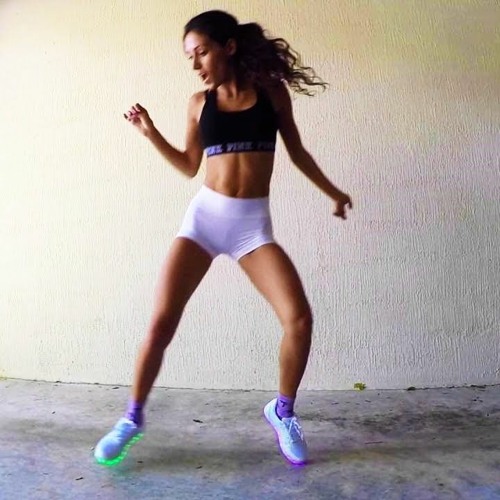 Once warm, muscles have more elasticity, which means you can twist and bend with greater ease. Stretching primes your body for more for strenuous activity and reduces the risk of injury.
Once warm, muscles have more elasticity, which means you can twist and bend with greater ease. Stretching primes your body for more for strenuous activity and reduces the risk of injury.
-
Step Three: Shift Your Weight
In 2013, researchers in the UK conducted a study in which a group of 48 men and women judged the quality of 30 male dancers’ moves. Their favored traits were bold and varied core movements, like bending and twisting from side to side or back and forth, while incorporating vigorous arm movements. In 2017, the same researchers published a similar study of 39 female dancers, all British university students, that suggested greater hip swings and asymmetric movements of the thighs and arms are considered desirable traits.
"Dance [is] a human behavior that everyone does,” Nick Neave, a co-author and professor at Northumbria University, tells Mental Floss. “We thought these movements would be honest signals—you can't fake them—so they're giving off information about your health, your age, your fertility, [and] your reproductive stages. ” (Critics have argued that these findings are arbitrary because the sample sizes of the dancers were too small.)
” (Critics have argued that these findings are arbitrary because the sample sizes of the dancers were too small.)
So, stand up and practice leaning from one leg to another. Try deeply bending your knees or standing tall on the ball of your foot. Then, shake out your arms and legs. It might help to picture one of those inflatable tube people grooving in the wind.
Remember, the more you practice your moves, the more seamless your moves will become. “If people keep coming back to these basic elements of movement, then they can pretty much intelligently progress up to whatever movements they want,” Liederbach says.
As for synchronizing with music, for most of us, following the beat is intrinsic and natural. Being “beat-deaf” is rare, but a 2014 study of two such individuals suggested that some people have more difficulty than others synchronizing movement with external cues, like music.
-
Step Four: Connect with Other Dancers
Breaking a sweat activates endorphins, which trigger a sense of pleasure and make dancing enjoyable, but there’s also evidence that dancing supports human connection.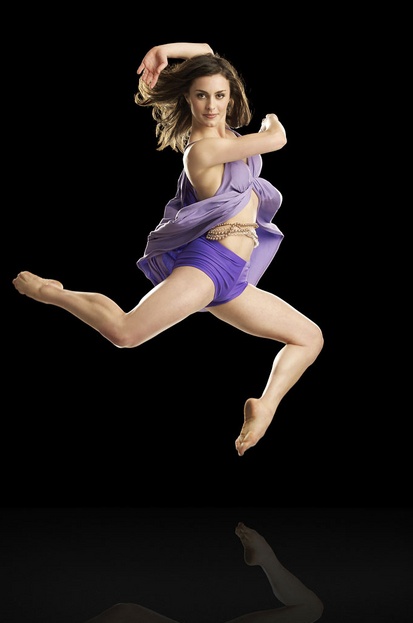 In an article in Scientific American, neurologist John Krakauer attributes some of this connection to cells called mirror neurons, which cause your brain’s movement areas to activate while dancing and while watching others dance.
In an article in Scientific American, neurologist John Krakauer attributes some of this connection to cells called mirror neurons, which cause your brain’s movement areas to activate while dancing and while watching others dance.
“Unconsciously, you are planning and predicting how a dancer would move based on what you would do,” Krakauer writes. So, if you can’t perform a pirouette, watching ballet is still rewarding.
Mirroring movement also is powerful in action. “There is something about doing the same thing at the same time with other people that really bonds us and expands our sense of self,” Scott Wiltermuth, an organizational behavior professor at the University of Southern California, tells Mental Floss. From an evolutionary perspective, it makes sense we would derive pleasure from coordinating well with others: in early hunter-gatherer societies, collaboration meant survival, he says.
Ilya Vidrin, a Ph. D. candidate at the Centre For Dance Research in the UK and a Harvard Fellow, suggests that qualities that strengthen relationships in life, such as the ability to pick up on tonal shifts in voice and subtle shifts in body language, also strengthen partnerships in dance. “It’s clear that just because you’re making eye contact [and] touching … doesn’t mean that you’re connected,” he tells Mental Floss.
D. candidate at the Centre For Dance Research in the UK and a Harvard Fellow, suggests that qualities that strengthen relationships in life, such as the ability to pick up on tonal shifts in voice and subtle shifts in body language, also strengthen partnerships in dance. “It’s clear that just because you’re making eye contact [and] touching … doesn’t mean that you’re connected,” he tells Mental Floss.
-
Step Five: Be Authentic
According to Judith Lynne Hanna, an anthropologist at the University of Maryland, it’s important to remember that aesthetic attitudes toward dancing vary by personal preference, genre, culture, and nation. For example, flamenco dancers exhibit a strong connection to the ground with rooted footwork, while ballet dancers strive to maintain a lifted frame and elevate the body.
Among the Ubakala, an Igbo group in Nigeria, movement patterns reflect a person's identity.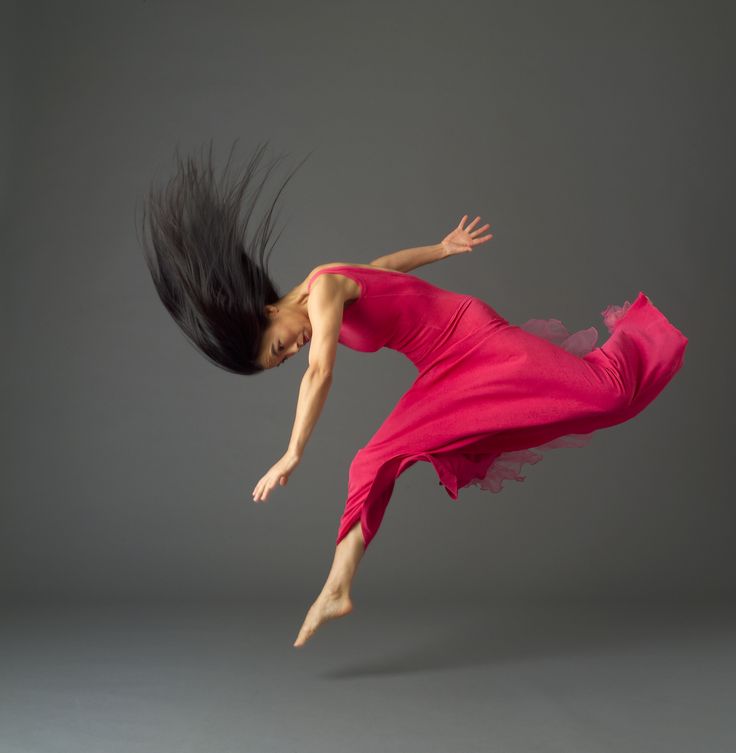 It's common for women of child-bearing age to dance in circular formations, using more fluid movements, while men dance vibrantly in warrior-like patterns. Elders in the group tend to act like dance rebels, however; they often defy gender norms and dance however they like, Hanna says. The ability to connect through movement keeps these dance forms alive.
It's common for women of child-bearing age to dance in circular formations, using more fluid movements, while men dance vibrantly in warrior-like patterns. Elders in the group tend to act like dance rebels, however; they often defy gender norms and dance however they like, Hanna says. The ability to connect through movement keeps these dance forms alive.
No matter where you source your style, be yourself. “If people are afraid to look stupid, if people are afraid to fail, then likely they’ll be more afraid to dance,” Vidrin says. There’s no need to fear the unknown on the dance floor.
5 habits that will bring you closer to the championship!
Dance sport is much more than a set of fast and precise movements. This is a game of the mind, which can bring much greater results than "naked" mechanics. Here are five tips every dancer should take into account.
Practice like everyone is watching you
When you're in the dance floor practicing your feet or hands, sometimes you forget everything else. A good dancer will never allow himself to look bad during practice, which is why, even while practicing specific elements, you should not forget about the basic concepts of dance. Relatively speaking, break the frame in the standard if you are working on advancement and dynamics, or work monotonously with your hands in Latin if you are focused on the feet.
A good dancer will never allow himself to look bad during practice, which is why, even while practicing specific elements, you should not forget about the basic concepts of dance. Relatively speaking, break the frame in the standard if you are working on advancement and dynamics, or work monotonously with your hands in Latin if you are focused on the feet.
Often dancers justify themselves and their laziness, thinking that no one is looking at them, so they can work carelessly. But this is almost always not the case: coaches, teammates, parents of children from the younger group - there are more than enough eyes in the dance hall. Think about the fact that novice dancers can be inspired by you, parents can set you as an example to their kids, and the coach will certainly appreciate the fact that you give your best, even when "no one is looking at you."
Train like your gym is a world championship and you're dancing the final in your category.
Forget everything and let yourself go
There is an hour left before the competition, and you are still practicing locksteps? You walk onto the dance floor at a competition and your mind tells you to bounce in samba, sway in foxtrot, straight knees in cha-cha-cha, or perfect frame in slow waltz? Whatever is in your head, forget about it! When you are on the competition floor, remember that you are there to perform, not to train, your technique will still not change significantly in a few hours/minutes/seconds.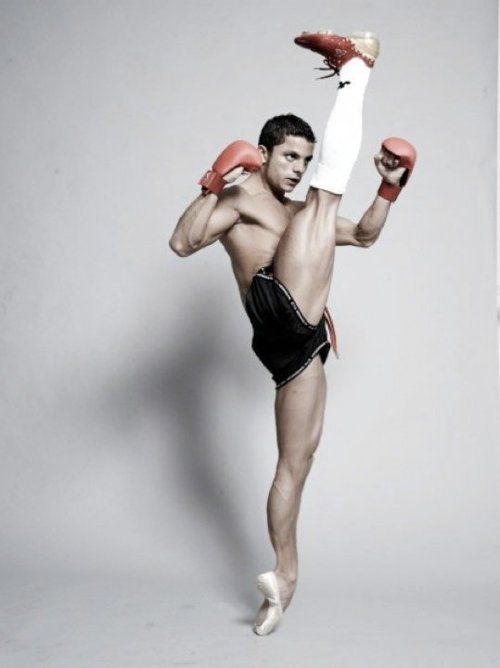 But the thoughts in my head may well interfere with a bright, emotional dance. Agree, on the floor you can always see couples who feel inner freedom, and couples who are "nerds". No matter how good the technique of the latter is, as a rule, dancers who actually dance, and not just compete, are better judged.
But the thoughts in my head may well interfere with a bright, emotional dance. Agree, on the floor you can always see couples who feel inner freedom, and couples who are "nerds". No matter how good the technique of the latter is, as a rule, dancers who actually dance, and not just compete, are better judged.
On the day of the competition, clear your mind and show yourself. Don't think about how you dance, think about what you say with your dance. Force yourself to present your dance to the public, to the judges, to yourself, in the end. And remember that contests are the end of what you do, so try to enjoy what you do.
Overcome the fear of recording yourself on video and analyzing mistakes
There is hardly a dancer in the world who loves to watch her videos from competitions. Your critical mind kicks in immediately, along with the first second of the recording, so you can only see the negatives. Familiar? However, you are also unlikely to meet a dancer who would think that recording and analyzing their positive and negative sides is a bad idea.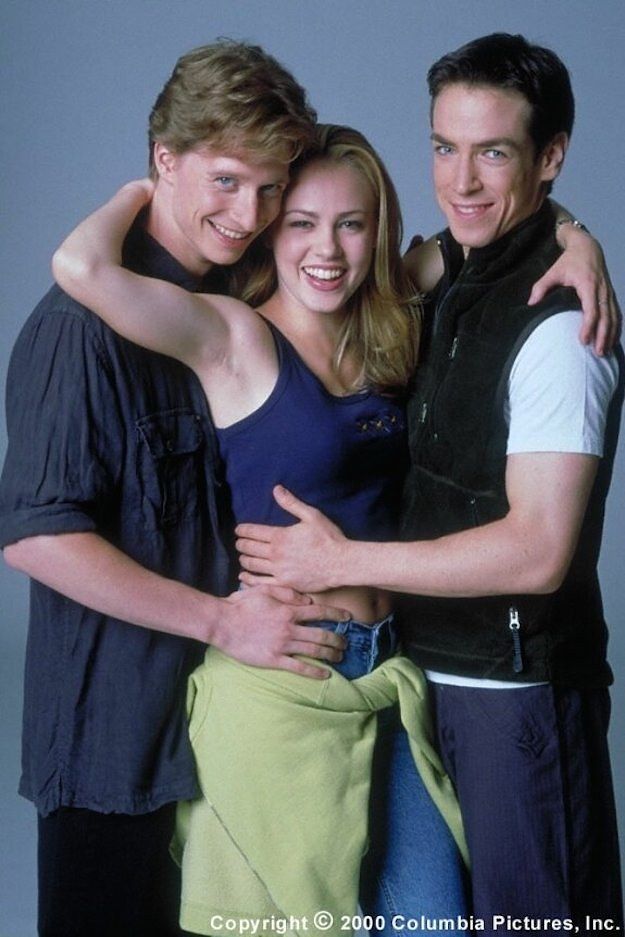
We give an idea: when choosing a gift for your partner, give a portable tripod for the phone. Select a day of the week and declare it as video recording day, shoot video every week. This will allow you to track real progress both in training and competitions, analyze mistakes and their causes, and look for ways to solve them.
Regardless of whether you win or lose, on Monday everything will return to normal
Many dancers are so worried and worried about the results of their competitions that it prevents them from performing. Most importantly, they no longer enjoy the dance itself. At the end of a day of competition, when you hang your dress or shirt on a coat hanger and take off your make-up, you are back to reality. And it does not depend on whether you came first or thirty-first in your category. No one will lynch you, just Monday will come, and for the dancer this is a new start for training and an opportunity to become better. The joy of victory and the bitterness of defeat will not haunt you forever, but both feelings will serve as a motivator for you to work on and persevere towards your goal.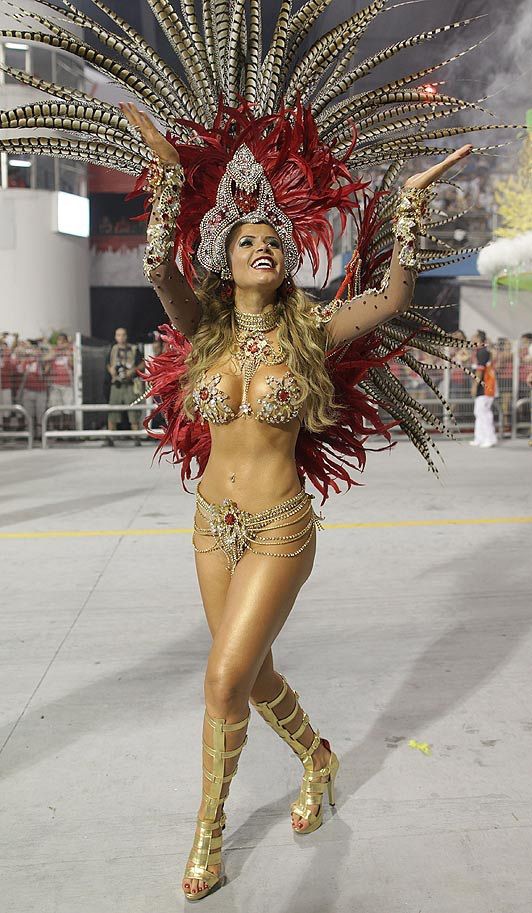
Don't let competition on the floor kill your love of dancing.
Practice a different dance style and get better at it
Many dancers say it's a good idea to try other styles to improve the quality of their dancing. And indeed it is. Choose a style of dance that you like, for example, ballet, and sign up for classes at the nearest studio (fortunately, there are a lot of them now even in small towns). Even once a week will be helpful: practice a different style for at least three months and you will be surprised how much you will change and grow as a dancer. The style you have chosen will gradually start to show up in ballroom dancing as well, making you a truly unique dancer.
Alexandra Makhotina
Source: white The body is just a tool, but the brain works. Dance is usually associated with the body, but if you talk to dancers (especially dance teachers who need to quickly teach someone to dance - and preferably to the level of "champions"), it turns out that the brain dances and trains, and the body gradually obeys. Specific thinking takes place in the brain: dance thoughts, like the thoughts of systems thinking, mathematics and everything else, can be conscious or not conscious, this thinking does not live in every individual dancer, but in culture (“between people”, thinking cannot be discussed in Ptolemaic model of man - even if we are talking about a solo dancer). To talk about dance thinking, you need to highlight it somehow. And then it turns out that there are many different ways of thinking about dance, it is multi-level and multi-disciplinary. And since thinking is closely connected with communication (including dance communication, for example, paired social dances), talking about dance thinking becomes no less difficult than talking about any other thinking. Moreover, dance thinking is hardly distinguishable from non-thinking practices-experiences that have no rationality, that "just are", that are simply patterned gestalts of states-positions of the mind and states-positions of the body. See, for example, the texts "my three months of kizomba" http://ailev.livejournal.com/1312598.html and "kizomba, exotelo and basic for dancing intelligence" http://ailev.livejournal.com/1315064.html If, when discussing systems thinking, engineering thinking, one can somehow abstract from the "bearer of thinking" and discuss the ideal flow of thought and the content of this thought, then in dance thinking it is impossible to abstract from the carrier of thinking by principle. As Anton Klimat (this is his pseudonym, he is actually Anton Klimov, the head of the Breakwater studio, which prepares hip-hop champions - https://vk. "Thinking of the material", low-level perceptions and patterns of movement are connected with the body, they make it possible to realize the dancing idea of the dancer-stakeholder - this is "thinking about movements", not even "thinking about dance". The difference between this motor/body and dance thinking is about the same as between rational thinking and its logical foundations (see, for example, http://ailev.livejournal.com/1311261.html) and systems thinking -- the second is not happens without the first, builds on it. An illogical thinker cannot be a systems thinker. Similarly, a poorly moving (or poorly imagining movement) person cannot be a dancer. But rational thinking together with logical thinking is incorporeal in this regard (although there are nuances about embodied intelligence), but voluntary motor thinking (and not already patterned by dance!) thinking is bodily. Well, it should also be noted that along the line of development of rational thinking, you can get a Nobel Prize, and along the line of development of motor thinking, you can only set a Guinness record (becoming a world champion in some kind of dance or martial arts is also about performing in the arena, see below). The problem is that a good dancer doesn't think about movement in an arbitrary way, but in a very specific way. And this thinking can also be taught, and taught explicitly. The difference in explicit (through intelligible explanations of the principles and then through specially selected exercises) and implicit ("on the best samples", according to the principle "do as I do", i.e. purely on mirror neurons, "like monkeys") learning is usually five once in time. If you don’t want to learn five times faster, then you don’t need to “learn through awareness”, and then you could not talk about this “thinking of the material”. From motor practices, I mentioned such a transition to intelligible learning, I know in taijiquan (section " learning taijiquan" at http://ailev.livejournal.com/1013825.html), piano (http://ailev.livejournal.com/944960.html), and from the ones I recently met - just Anton Klimat's movement training school. Boris Mayer just told me that he discovered a "general motor processor" in a person, which is suitable for superimposing any movement patterns on him - even ballroom dancing, even any other dances, even taijiquan, even any other martial arts. But he is personally interested in taijiquan, and therefore he is not particularly involved in explicitly describing and highlighting the practices of teaching motor skills as such, the practices of thinking about your body as a moving body, the psychopractices of bodily movement as such, not yet patterned by kizomba, taijiquan or a waltz from sports dances . Anton Klimat is about the same about this level of motor skills, only in relation to hip-hop in general and wavering in particular: he clearly does not distinguish it, but understands its existence well. This gives both the acceleration of learning for their students five times compared to learning the movements immediately patterned by their movement styles - that is, the gain in speed is obtained by dividing the actual dance (taijiquan is exactly the same dance as any other in my imagination), those. The leading scheme for me in thinking about this bodily level, borderline between thinking and just psychopractices, is the scheme of the (cyber)psyche (see the report "psychic engineering" http://openmeta.livejournal.com/238030.html, slide 13 https://www.slideshare.net/ailev/ss-58654585), and taking into account the possibility of the emergence of cyber components, http://openmeta.livejournal.com/237056.html (I myself tried to understand how I move smoothly using the graph from the accelerometer in the phone.There are gadgets for athletes like "smart racket", there will certainly be gadgets for dancers). A good dancer thus has different points of attention on the body and other ways of controlling the body, other possibilities -- and these possibilities come to the body "through the brain", there are no other ways! Say, where does the beauty of hand movements come from? 1. 2. Control points are tied to bones and joints, and not to the usual ordinary coordinates. For example, you can lift and rotate the shoulder, or you can lift and rotate the scapula - of course, the movement of the scapula (i.e., the movement that is perceived in the mind as controlling the scapula, not the shoulder) leads to a rise and torsion of the shoulder. But the style will be significantly different: the movements of the scapula (well, or "from the scapula", as the dancers say) will be softer, smoother, and more varied. The problem here is that it is difficult to even imagine the movement of the scapula, it is difficult to control the different muscles that pull it up. But it is very easy to imagine and control the muscles when it comes to shoulder movement. This is the first task: to retrain the brain. Another example is the movements of the pelvis (try to twist it in different planes, this is a rude "plate" - and you need to be able to somehow turn it, quickly and accurately), movements of the spine in the region of the upper ribs (usually there is nothing at all moves unless you specifically design this place - but if you want to send a wave through the body, you will need this movement). The passage "through awareness" in this training of "bodily thinking", thinking "dancer as material", this education of self-perception and self-control through a clear connection "brain-body" takes about five times less time than through unconscious repetitions of some movements. And the practices of this "bodily awareness" are approximately the same in all schools. So, “dance meditation”, work with the brain-without-the-body works well (well, or on micro-movements, when the muscles do not work at full strength, but only twitch a little, imperceptibly to the eye). The climate calls it break meditation, but it is also described for practicing piano playing, and it was also used by Mahmud Esenbaev for his training, and Cameron-Bostick likes to talk about it, who “does ballet” in the hospital. “Dancing inside the head” (or playing a musical instrument “inside the head”) and micromovements is already a common place, but this is a move towards awareness, towards psychopractice, although not yet towards some kind of civilized thinking. There are many ways to define/describe dance that are important for conscious thinking about dance. For example, all systems of external recording of movements will not be adequate as "notes" for a dancer - for a dancer moving "inside the head" with a spatula will have to somehow translate a description into another system of motor thinking, in which the movement of the shoulder, which is clearly visible from the outside, will most likely be recorded. ! Here's about these dance notations: http://ailev.livejournal.com/76767.html - there is an emphasis on performance, meaning "outside view". This is a notation for thinking about the dancer, not the movement thinking of the dancer himself. Although both can formally be attributed to dance thinking, but these are completely different manifestations of it! Moreover, this is a recording of "just movements", while the actual dance thinking works in a patterned way. Here's another example of this "external", visual thinking about dance -- Optimal asymmetry and other motion parameters that characterize high-quality female dance, http://www.nature.com/articles/srep42435. The article draws a connection between the ability of women to make asymmetrical movements (which shows a high degree of development of the body and brain) and her "femininity", the perception of male as a potential partner and female as a potential competitor. Further, these results can be translated into an engineering plane: to teach dancing in such a way as to "make the right impression" (well, and generally discuss the requirements for dancing). Well, or declare the entire article nonsense: perception in dances depends more on culture, it is artificial, comes from thinking, and not from "instincts" - and if the study carried out in the article is repeated on people from the hinterland of Africa, in the US ballet school and the village urban type in the Far North of Russia, the results will be quite different. In any case, from the level of the motor base, the "movement processor", the feeling of the body from the inside and the pattern of body movement from the outside (as well as the relationship between dance and music - working with rhythm at least, phrasing in music, weaving rhythm and form of dance movements into rhythm and form of parts of musical instruments in music - see the initial list of skills in "the most important skills of a dancer" http://ailev.livejournal.com/1324775.html) we can go to the next level of dance thinking - where there are no longer separate movements, and their pattern, i.e. dance. By and large, dance thinking will work with dance, while the body and its control will be considered developed. There are also several different levels, since different people are concerned about different things, everyone has their own concerns (concerns): And at each of these levels, one can talk about "perception from within as a dancer", "perception as a dance partner", "perception by observers/spectators/judges/friends" - and further attempts to satisfy the most diverse interests/concerns of all the most diverse interests , realizing that dance as a "successful system" is very difficult to make. Here it should be noted separately that dances obviously do not belong to science, but to engineering - therefore, systems thinking is quite applicable to dances. In this regard, in dancing, the task is to create (realization, "bringing into reality") a successful dance (successful dance), which satisfies, if possible, all stakeholders - both the dancer himself from the inside, and his partner / partner (also from the inside, remember about the connection! ), and viewers, and parents, and many, many others. Remember that a successful system is included in the very first phrase of the systems engineering definition - it is a system that satisfies the expectations of the project stakeholders (see the very first phrase in the systems engineering definition: http://www. So I personally would finally become non-pop, non-humanitarian and non-poetic, and build further reasoning about dance thinking as about engineering thinking, and to the extent that dance implies collective forms of its existence, I would also add managerial thinking. Thus, I would talk about dance thinking and dance practices in much the same way as about the thinking and practices of programmers, or the thinking of machine learning system engineers - what is there with the requirements for the dance, what is there with the architecture, what are the modules in the dance and what components , and even what kind of placements there are in the dance. Everything is not so original, but such an approach certainly allows you to somehow take into account the plurality of stakeholders in the dance and the plurality of their interests. Thus, above "body thinking", "motor thinking" there appears a level of patterned dance thinking within the framework of some kind of dance tradition. In a good way, I would need to develop this idea further and tell what are the modules of the dance, what are the interfaces, which concerns of which stakeholders are made out by which viewpoints - with examples, without "bird language", understandable to dancers and the general public . Instead, I note that there are recognized pioneers in engineering - they propose new architectures that respond to new architectural requirements. What was previously considered impossible by a variety of stakeholders is becoming possible with these pioneers. They push the boundaries of the possible, they create the new. The rest are second-moverers, third-moverers and other rearguards and gray masses. This argument about engineering fully applies to dancing. The main innovation of this post is a suggestion to take from engineering the methods of dealing with complexity that allow you to create successful engineering systems and apply them to dance. This will allow mass and conscious creation of successful dances. Moreover, it will allow the development of dances, making them more complex and sophisticated, but without going beyond the limits of ordinary human capabilities. You can get great pleasure dancing the same waltz in its dogmatic version from youth to old age. When it comes to dance thinking, development is important to me - creating new dances that will be successful for more and more dancers, spectators, judges, art historians, DJs, friends, families and other people affected by dance. To do this, dancers must have their own R&D, engineering (and sometimes just scientific) research and development. Six months ago I found the social dance "kizomba" and found that it is largely inexhaustible -- research and development, formulating new requirements and building new kizomba architectures. Or no longer kizomba? It does not matter what words to call and what classification will then be built post factum. But it is important where and how the dance is developing, how the "dance engineers" communicate, how the research is organized. The dance industry is like the mass production of dance -- it happens at parties. Thousands and thousands of dances are produced there. Yes, sometimes something new is also produced there, a party at the same time and an "exhibition of the achievements of the dance economy." But more often than not, new things are produced purposefully in the course of research and development, and this happens mainly in dance schools. AfroFusion teachers also lead the Yu community, where they publish their "projects" on the study of dance novelties (for example, there was a series of publications on urban tarraxa), biographies of figures in the kizomba world and other things that cannot be called "research and development", but what demonstrates some level of reflexivity in work. The same can be said about Thierry Déa's studio in St. Petersburg, they put on a rebit there: https://vk.com/video175030_456239031 - although I wouldn't say that we are talking about some kind of "creating a new one", but it's a disaster Start. Experiments go with movements, with music, the results are laid out on video (here is Dnepropetrovsk - https://youtu. GP Shchedrovitsky wrote a book "Pedagogy and Logic", where he clearly showed that if there is no combined research and educational activity, then education cannot be of high quality. This I mean that if we are talking about "research schools", then the education in them will be of high quality, there is a chance to teach dance thinking, to make this thinking conscious. There is also a real university science of dance, and there is a lot of it on the Internet in a variety of languages. There, higher dance education is close, and even academic degrees in dance and their study. But usually this is far from life, it is a "theory", not life. For life, some Portuguese professor (not a university professor, but just a "teacher"! This is not English, everyone confuses the translation here!) Like mestre Petchu (http://www.mestrepetchukilandu.com/biografia.html, here is an example of him work -- he explains the basic movements of tarraxinha -- https://youtu.be/aHbjn_JQLa0) is often more influential than a major university graduating dancers with a real high school diploma. Well, you can’t say in a nutshell about dance thinking itself, volumes have already been written about it (as well as about systems thinking, computational thinking and any other thinking, as well as “just thinking”). This means that dance thinking can be found in the curricula of the best dance schools. And then you can try to overcome the complexity, relying on systemic and engineering thinking about dance. UPDATE: Facebook discussion -- https://www.facebook.com/ailevenchuk/posts/10209485959599942
- the complexity of dance thinking is that one cannot do without a body at all, and other thinking (with reservations about embodied intelligence) can live purely in the brain.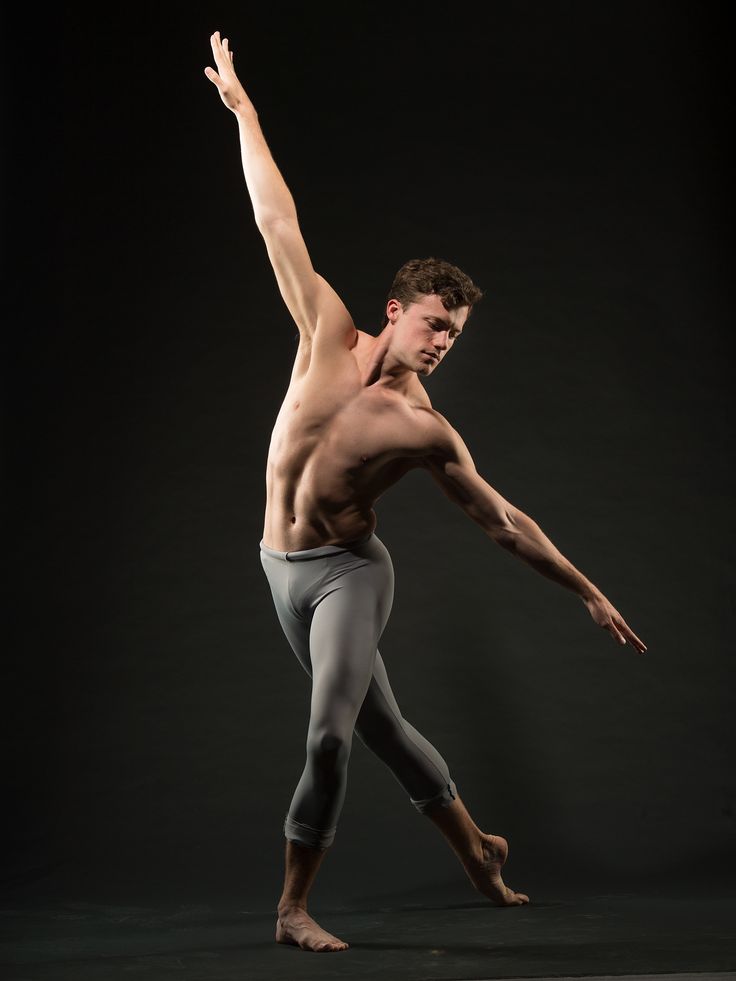 Well, the dancer is both the stakeholder and the material.
Well, the dancer is both the stakeholder and the material.
- dance thinking is a specialization of systems thinking, it is engineering in nature, its goal is to create a successful dance (cf. successful system). This move has the traditional benefit of fighting complexity. But here you need to take into account: in dance thinking, work with many different viewpoints can be found! There may be many different "subjections" that serve different concerns.
- before considering dance thinking (patterns of movements to music), you need to deal with bodily psychopractices (which do not pull on thinking, but without which you will dance badly).
- dance thinking is interesting only in terms of its development.
- the results of modeling and development of dance thinking should be formalized either as some kind of activity standards (body of knowledge), or immediately in the form of some kind of training course. The easiest way to look for such modeling results today is in the curricula of the best dance schools as "the content of education" (and should not be confused with teaching methods, "how to teach".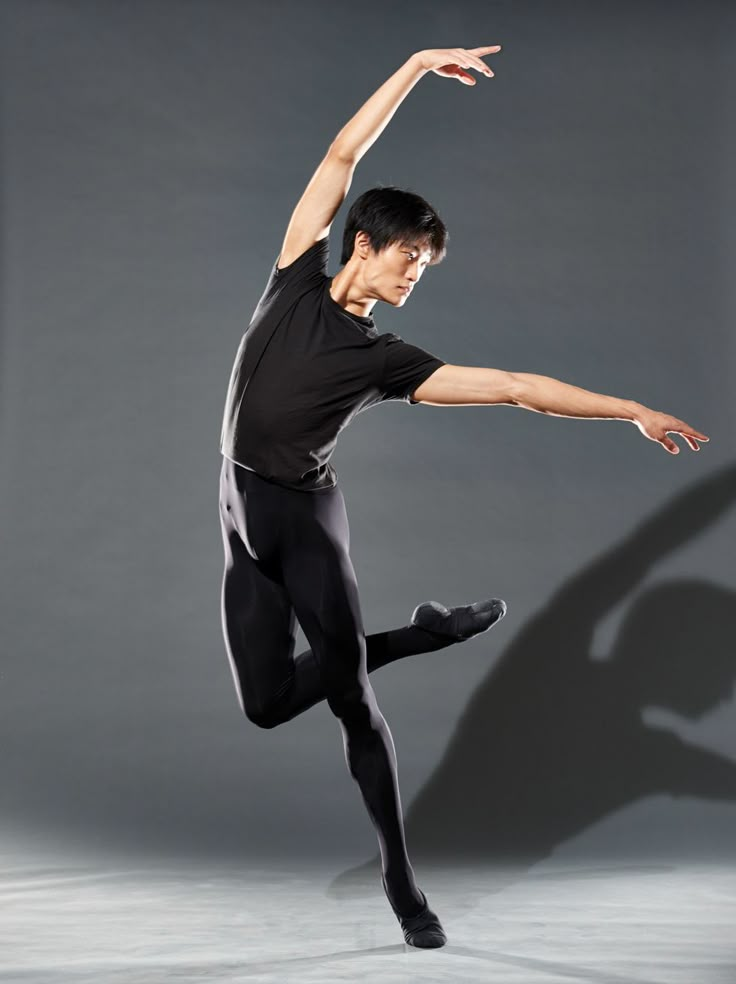 No, for now we are discussing only "what to teach" in curricula).
No, for now we are discussing only "what to teach" in curricula). 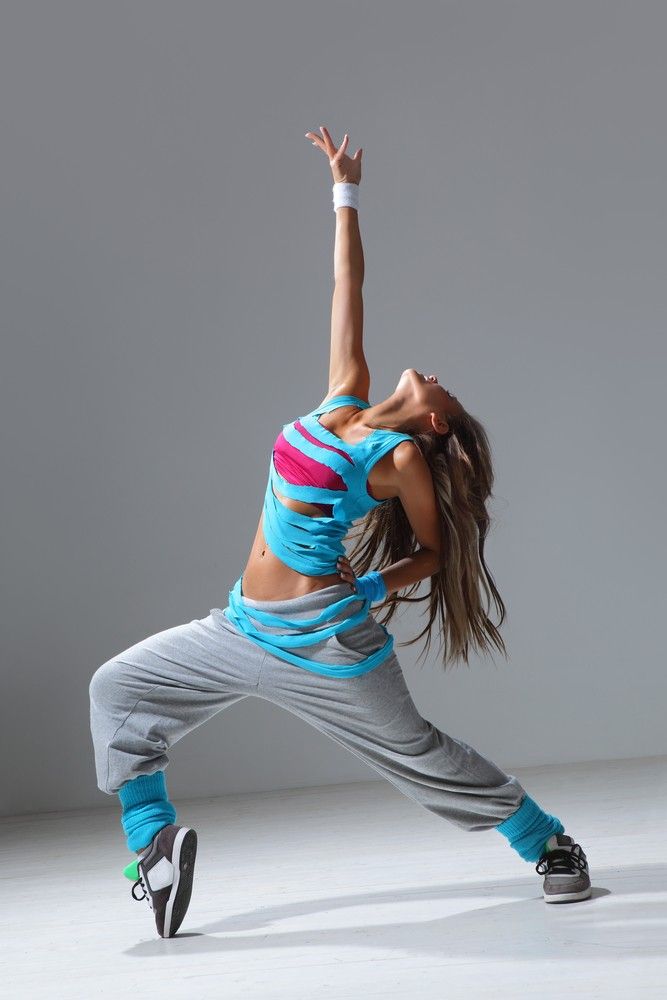 Even more complex: in systems thinking, of course, you can add a body (embodied intelligence), but in dance thinking you can’t do without a body, or even several bodies.
Even more complex: in systems thinking, of course, you can add a body (embodied intelligence), but in dance thinking you can’t do without a body, or even several bodies.  com/klimat) said a few days ago at a training session, "the dancer needs to be especially honest [reflexive] - because if the artist immediately sees with his eye that he smeared in the wrong place, the musician immediately hears with his ear that he played something wrong, then the dancer is deprived of such an opportunity if he is in the course of the dance does not look in the mirror. At any moment, the dancer must understand what is happening with his body, be honest and truthful in his feelings - this dance is different from other arts. " The focus of dance thinking is the dancer himself and what is happening to him, the dance is inalienable from the dancer. As I already wrote about the dance - here the dancer is both the material of the target system, and the stakeholder, who has his own interests. And so it is necessary to discuss separately "thinking of the material" (psychopractices) and "thinking of the stakeholder" (mental patterns taken from culture).
com/klimat) said a few days ago at a training session, "the dancer needs to be especially honest [reflexive] - because if the artist immediately sees with his eye that he smeared in the wrong place, the musician immediately hears with his ear that he played something wrong, then the dancer is deprived of such an opportunity if he is in the course of the dance does not look in the mirror. At any moment, the dancer must understand what is happening with his body, be honest and truthful in his feelings - this dance is different from other arts. " The focus of dance thinking is the dancer himself and what is happening to him, the dance is inalienable from the dancer. As I already wrote about the dance - here the dancer is both the material of the target system, and the stakeholder, who has his own interests. And so it is necessary to discuss separately "thinking of the material" (psychopractices) and "thinking of the stakeholder" (mental patterns taken from culture). 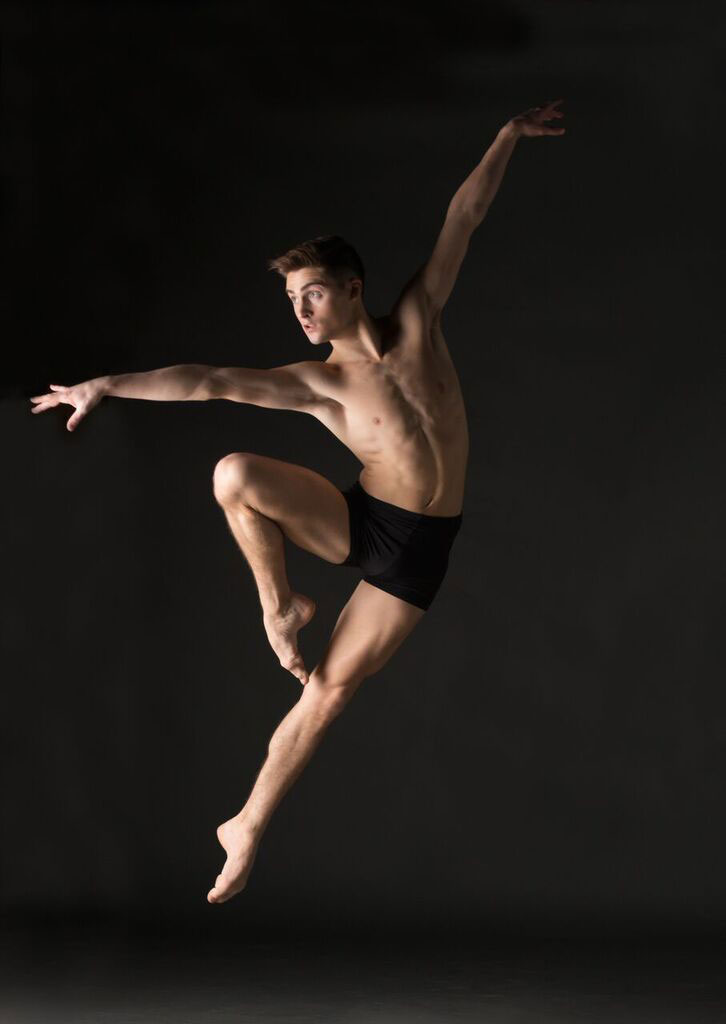 This is motor thinking, "about the body and its movements."
This is motor thinking, "about the body and its movements." 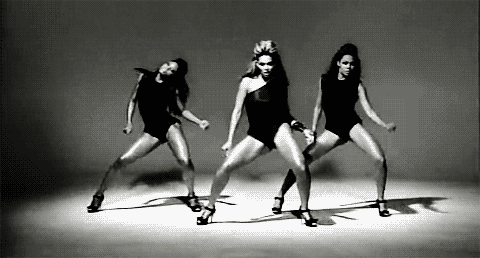 "psycho-practices of the animal nature", http://openmeta.livejournal.com/236318.html).
"psycho-practices of the animal nature", http://openmeta.livejournal.com/236318.html). 
 culturally patterned movement and movement as such, not yet affected by patterning, but conscious and developed for the perception of this patterning - prepared for the rapid development of the actual dance (in a specific dance or sports style) movement.
culturally patterned movement and movement as such, not yet affected by patterning, but conscious and developed for the perception of this patterning - prepared for the rapid development of the actual dance (in a specific dance or sports style) movement. 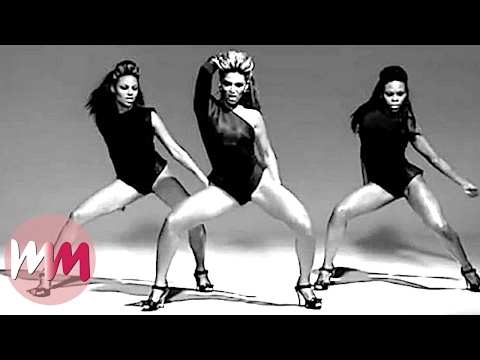 Some muscles stop interfering with other muscles (isolation as the ability to contract one muscle, not large groups of muscles, which immediately gives you completely different possible trajectories of movement, as well as plasticity - the ability of a muscle not only to contract, but also to stretch, which adds significantly to the range of possible trajectories). Anton Klimat offers here some special training based on three modes of muscle work: tension (pressure sensation), stretching (burning sensation), relaxation (limp sensation). And you need to train conscious control of all three states, and in times less than a second (dancing is fast! And if under tension this “less than a second” looks like a ridiculous requirement, then try to relax some tricky muscles that control the position of the pelvis in less than a second! relax any flexor, the extensor will not be able to fully work, and vice versa). Brain training here is simple, but it takes a significant amount of time: a) to “catch” the right muscle with its “clamp” with attention, and b) learn how to relax and strain it (and other muscles will stretch it, but only when it can be relaxed).
Some muscles stop interfering with other muscles (isolation as the ability to contract one muscle, not large groups of muscles, which immediately gives you completely different possible trajectories of movement, as well as plasticity - the ability of a muscle not only to contract, but also to stretch, which adds significantly to the range of possible trajectories). Anton Klimat offers here some special training based on three modes of muscle work: tension (pressure sensation), stretching (burning sensation), relaxation (limp sensation). And you need to train conscious control of all three states, and in times less than a second (dancing is fast! And if under tension this “less than a second” looks like a ridiculous requirement, then try to relax some tricky muscles that control the position of the pelvis in less than a second! relax any flexor, the extensor will not be able to fully work, and vice versa). Brain training here is simple, but it takes a significant amount of time: a) to “catch” the right muscle with its “clamp” with attention, and b) learn how to relax and strain it (and other muscles will stretch it, but only when it can be relaxed).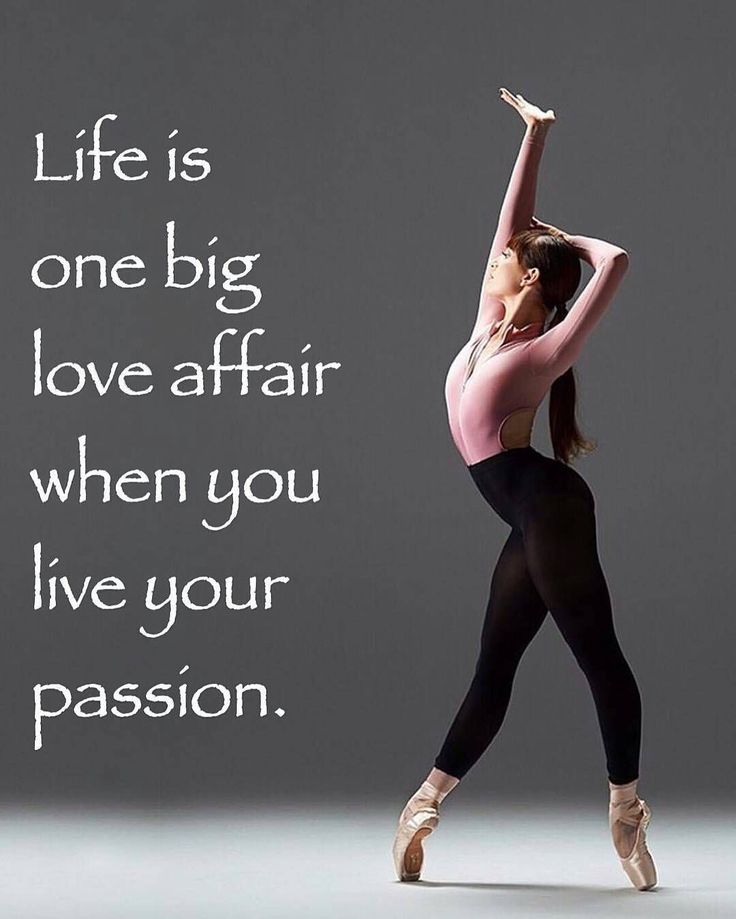
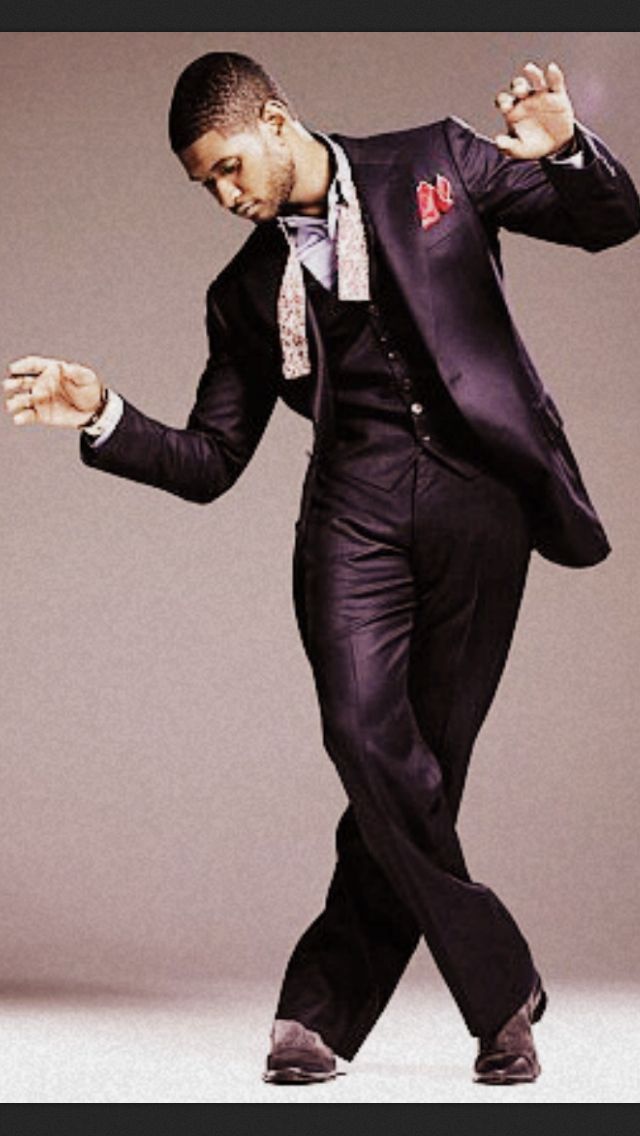
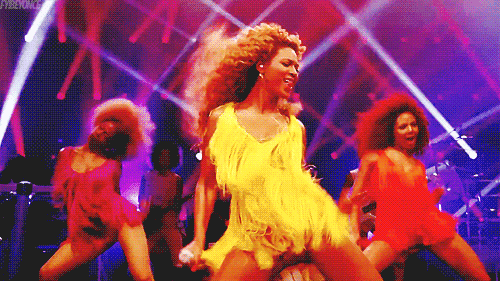 But when you "inside your head" pull not with your shoulder, but with a shoulder blade - at this moment culture works, the bodily thinking transferred to you works.
But when you "inside your head" pull not with your shoulder, but with a shoulder blade - at this moment culture works, the bodily thinking transferred to you works. 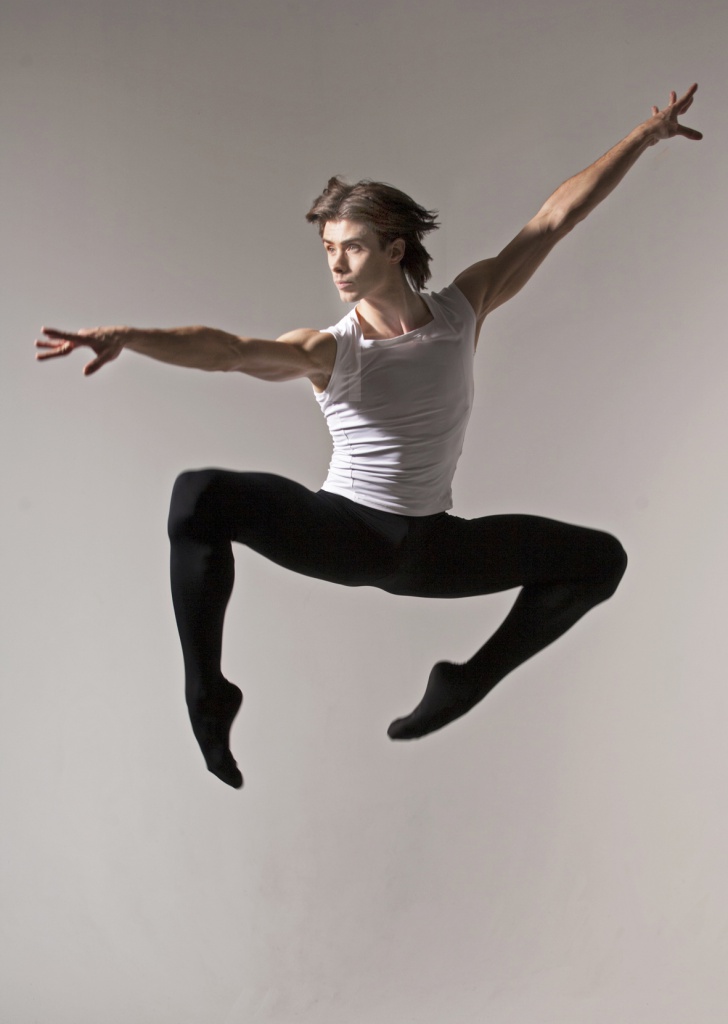 In the same kizomba, all thinking revolves around exits to various sayids, and not around individual movements of the legs. Thus, you need to record patterns, not individual movements!
In the same kizomba, all thinking revolves around exits to various sayids, and not around individual movements of the legs. Thus, you need to record patterns, not individual movements! 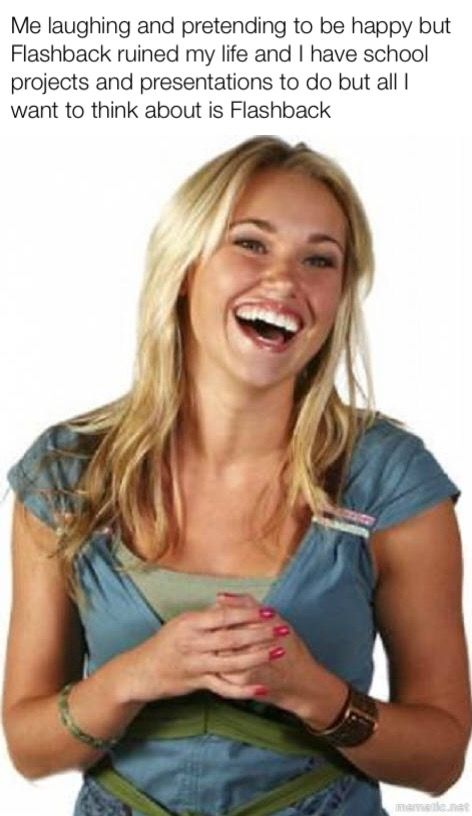
-- within the given dance language (patterns of movements of some kind of dance). Thinking is dogma, the canon of some kind of dance or dance family.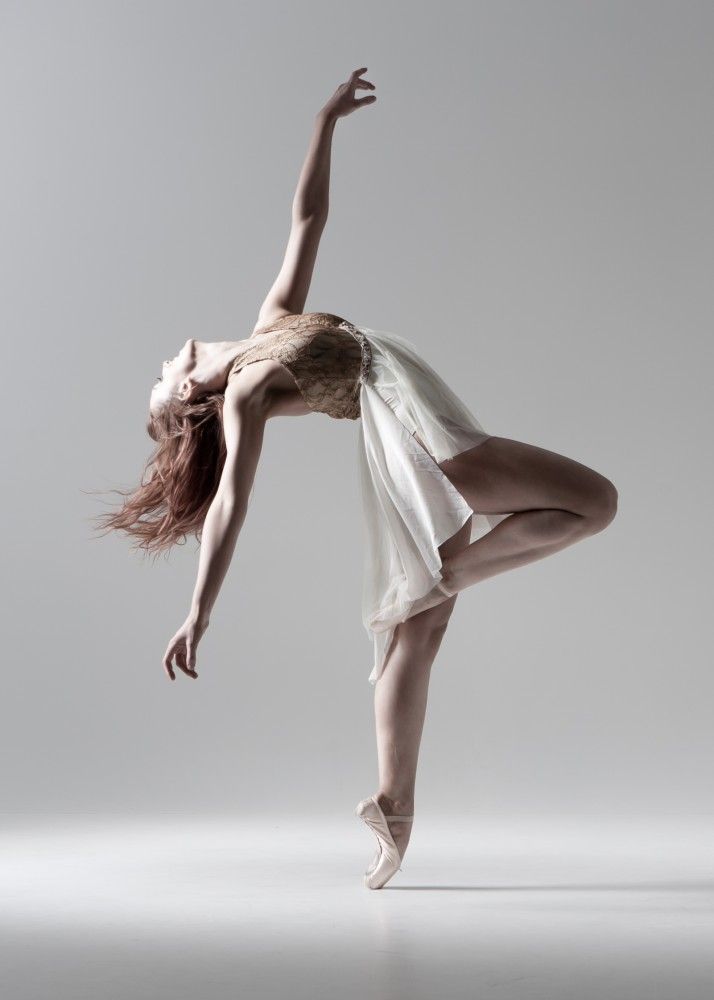 Here, too, you can set different perspectives, build different methods of description, build a canon in different ways. For example, postulating a dance as inseparable from its music, or deriving a canon from the performance of some particular dance school (and albeit a large one - say, city parties somewhere in Luanda) at some period of time (say, in 80- years of the last century), or deriving the canon from some historical considerations, or simply referring to authorities with their "sense of correctness", or making attempts to formalize some ideas and mercilessly cutting off everything that does not fit under it. For example, discussions of "true kizomba" from this series. But further within the framework of the canon, this thinking also exists, we can talk about the degree of its development, wealth or limitation, productivity or secondary.
Here, too, you can set different perspectives, build different methods of description, build a canon in different ways. For example, postulating a dance as inseparable from its music, or deriving a canon from the performance of some particular dance school (and albeit a large one - say, city parties somewhere in Luanda) at some period of time (say, in 80- years of the last century), or deriving the canon from some historical considerations, or simply referring to authorities with their "sense of correctness", or making attempts to formalize some ideas and mercilessly cutting off everything that does not fit under it. For example, discussions of "true kizomba" from this series. But further within the framework of the canon, this thinking also exists, we can talk about the degree of its development, wealth or limitation, productivity or secondary.
- outside the given dance language, in other words - the development of dance, going beyond some canon.
-- beyond the boundaries of dance as such, access to broader cultural patterns (for example, along the line of hip-hop culture, where breakdance is only one of the components of a wider culture, and the canon is wider, as well as development is not only break dance).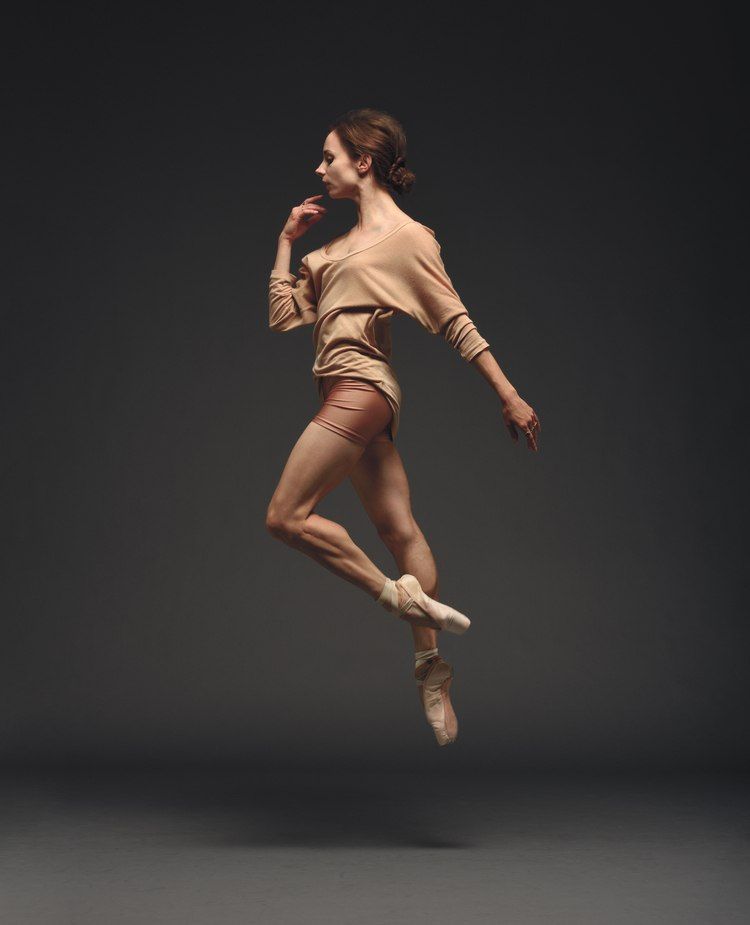
-- beyond these broader patterns, out into patterned thinking as such.  incose.org/AboutSE/WhatIsSE). Well, those familiar with systems engineering do not need to be told that the dance "here and now" is just a 4D individual (a kind of "worm in space-time"), we even especially analyze this example in the classes of systems thinking.
incose.org/AboutSE/WhatIsSE). Well, those familiar with systems engineering do not need to be told that the dance "here and now" is just a 4D individual (a kind of "worm in space-time"), we even especially analyze this example in the classes of systems thinking.  Including interests in poetry, pop, ease of perception, compliance with some cultural canons, etc. material", and as "stakeholders", so that the methods of traditional "iron" and software engineering are unsuitable for creating dances. However, these engineering methods are many and they work. They reduce complexity in dealing with different situations, they provide reproducible results, they enable teamwork. And they leave a huge scope for creativity, no one has yet canceled the work of the head for that same engineering thinking - it does not cancel the engineering approach to dance and the work of the head for the manifestation of creativity in dance thinking.
Including interests in poetry, pop, ease of perception, compliance with some cultural canons, etc. material", and as "stakeholders", so that the methods of traditional "iron" and software engineering are unsuitable for creating dances. However, these engineering methods are many and they work. They reduce complexity in dealing with different situations, they provide reproducible results, they enable teamwork. And they leave a huge scope for creativity, no one has yet canceled the work of the head for that same engineering thinking - it does not cancel the engineering approach to dance and the work of the head for the manifestation of creativity in dance thinking. 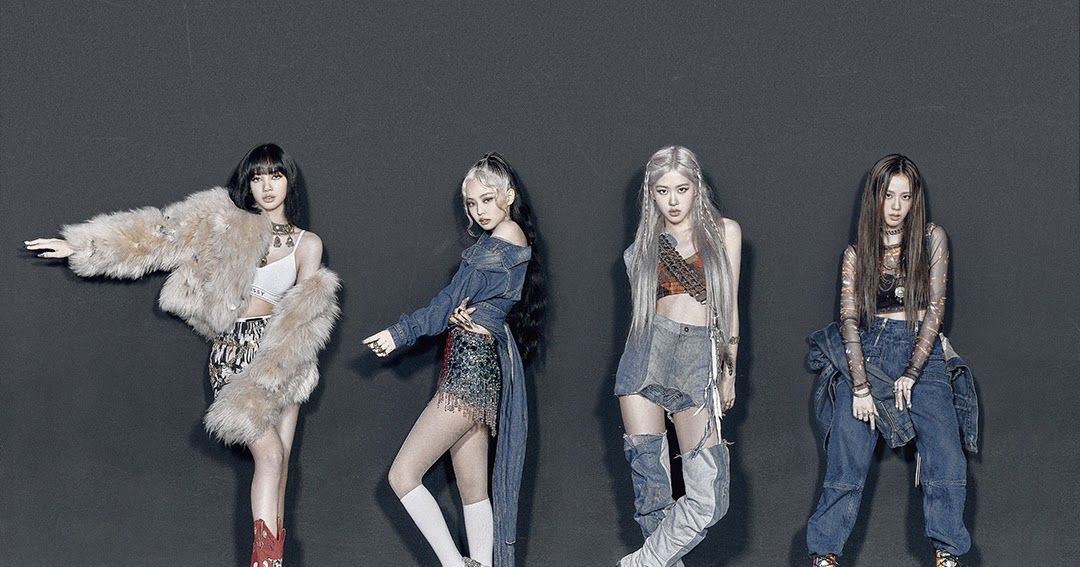 But I won't do it.
But I won't do it. 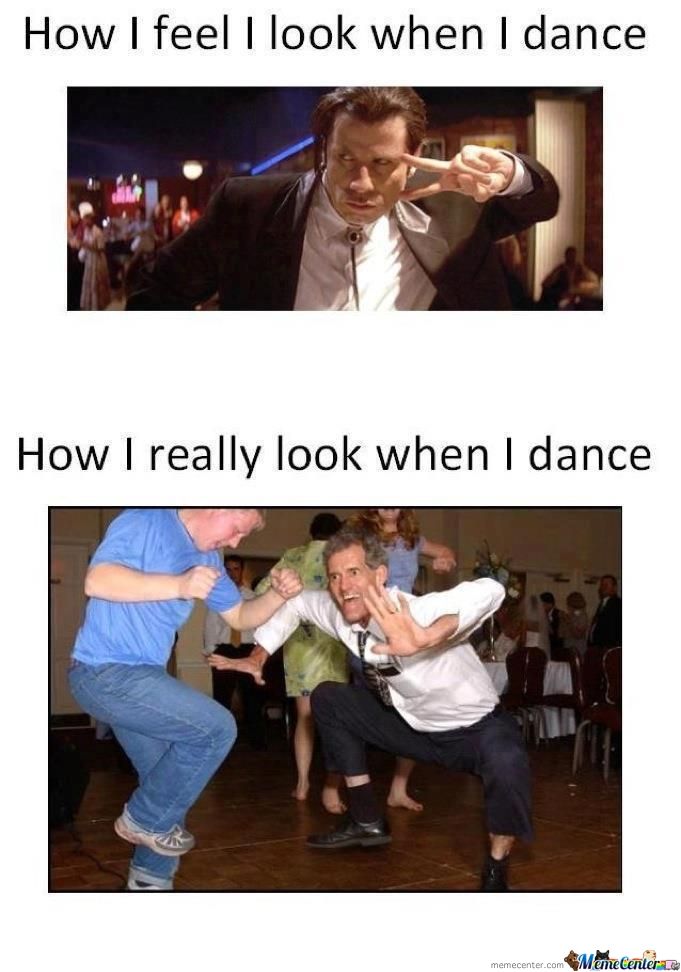 There are stakeholders who need exactly this, this is an ideal. All their thinking is slowly moving into the unconscious, leaving a pure and uncomplicated trance - either a change of partner or a change of music can bring variety. But I'm not one of those conservatives. Art, including in its social, rather than professional and performative forms, develops and grows with new languages, new styles, new thoughts, and not by carefully preserving and polishing the classics. This discussion about art fully applies to dances, exactly the same as about engineering, which is also valuable for the by no means careful preservation of some kind of bridge building as of the middle of the last century.
There are stakeholders who need exactly this, this is an ideal. All their thinking is slowly moving into the unconscious, leaving a pure and uncomplicated trance - either a change of partner or a change of music can bring variety. But I'm not one of those conservatives. Art, including in its social, rather than professional and performative forms, develops and grows with new languages, new styles, new thoughts, and not by carefully preserving and polishing the classics. This discussion about art fully applies to dances, exactly the same as about engineering, which is also valuable for the by no means careful preservation of some kind of bridge building as of the middle of the last century.  There should be experiments that go beyond what is already known and tested. There must be passages into new dances, there must be finds of rich and expressive dance languages.
There should be experiments that go beyond what is already known and tested. There must be passages into new dances, there must be finds of rich and expressive dance languages. 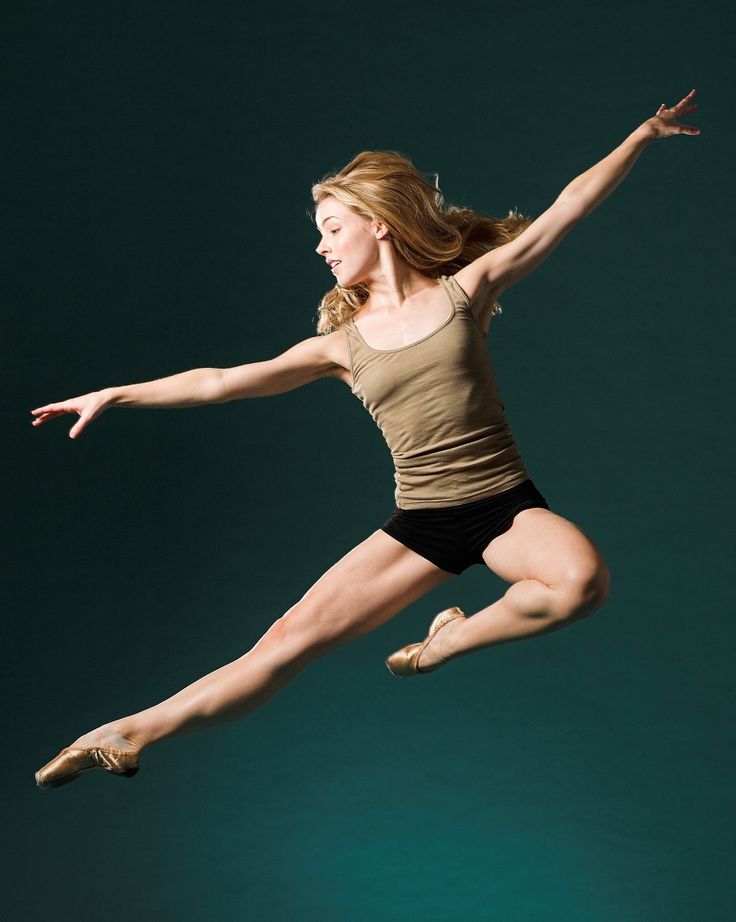 Of course, schools are different. Most dance schools are just educational institutions: their teachers take master classes in various other schools and then pass on knowledge to students, preserving the canon. But there are dance schools focused on research. An example of such a dance school in Moscow is AfroFusion (http://afrofusion.ru/). For example, here is one of their research products: Kizomba Fusion -- https://youtu.be/whNe6zgPrV0. This is not the only result of the research. AfroFusion teachers lead a community https://vk.com/kizombamoscow, where a lot of materials on Fusion Kizomba have been published over the past few months - and most often today this is the junction of kizomba and dubstep (I myself, by the way, noticed that the frontier of kizomba is creeping towards dubstep back in November -- http://ailev.livejournal.com/1310496.html, http://ailev.livejournal.com/1311543.html. But AfroFusion noticed this earlier - in addition to several kizomba programs (very different: traditional, classical, fusion, urban kiz, tarraxa and even tarrax'osteo) there is also a dubstep group led by the same Anton Klimat.
Of course, schools are different. Most dance schools are just educational institutions: their teachers take master classes in various other schools and then pass on knowledge to students, preserving the canon. But there are dance schools focused on research. An example of such a dance school in Moscow is AfroFusion (http://afrofusion.ru/). For example, here is one of their research products: Kizomba Fusion -- https://youtu.be/whNe6zgPrV0. This is not the only result of the research. AfroFusion teachers lead a community https://vk.com/kizombamoscow, where a lot of materials on Fusion Kizomba have been published over the past few months - and most often today this is the junction of kizomba and dubstep (I myself, by the way, noticed that the frontier of kizomba is creeping towards dubstep back in November -- http://ailev.livejournal.com/1310496.html, http://ailev.livejournal.com/1311543.html. But AfroFusion noticed this earlier - in addition to several kizomba programs (very different: traditional, classical, fusion, urban kiz, tarraxa and even tarrax'osteo) there is also a dubstep group led by the same Anton Klimat.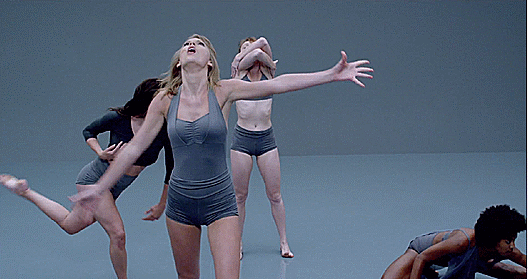 And this group is attended not only by ordinary students like me, but also by teachers. Well, the dubstep itself in this group is tailored to the interests of kizomba, this is also part of the research - but Anton's research in terms of the development of hip-hop in its fusion with other dances, the development of dance thinking of illusory styles.
And this group is attended not only by ordinary students like me, but also by teachers. Well, the dubstep itself in this group is tailored to the interests of kizomba, this is also part of the research - but Anton's research in terms of the development of hip-hop in its fusion with other dances, the development of dance thinking of illusory styles. 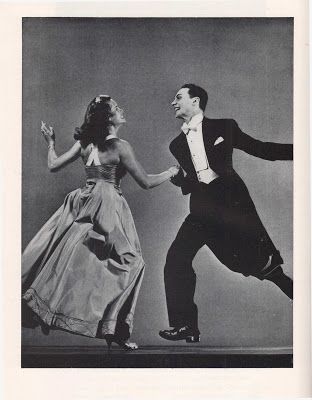 be/lpNcbuIZQ3g, here is Krasnodar - https://youtu.be/fcb0TXThmMU, here is Kaliningrad - https://www .youtube.com/channel/UCCP-WhRAISTmE6ZSsgmkFgw, and this is not the whole list). I would draw attention to the fact that this is not so much about "advertising videos" and demonstrations of various "shows" (which can be extremely negatively perceived by fans of social dances, there is an opinion that "teaching kizomba" and "shows" incompatible with kizomba itself!). I would pay attention to the fact that there is some kind of research activity, some kind of development, some kind of advancement of the boundaries of dance, attempts to take some step in the development of dance thinking.
be/lpNcbuIZQ3g, here is Krasnodar - https://youtu.be/fcb0TXThmMU, here is Kaliningrad - https://www .youtube.com/channel/UCCP-WhRAISTmE6ZSsgmkFgw, and this is not the whole list). I would draw attention to the fact that this is not so much about "advertising videos" and demonstrations of various "shows" (which can be extremely negatively perceived by fans of social dances, there is an opinion that "teaching kizomba" and "shows" incompatible with kizomba itself!). I would pay attention to the fact that there is some kind of research activity, some kind of development, some kind of advancement of the boundaries of dance, attempts to take some step in the development of dance thinking. 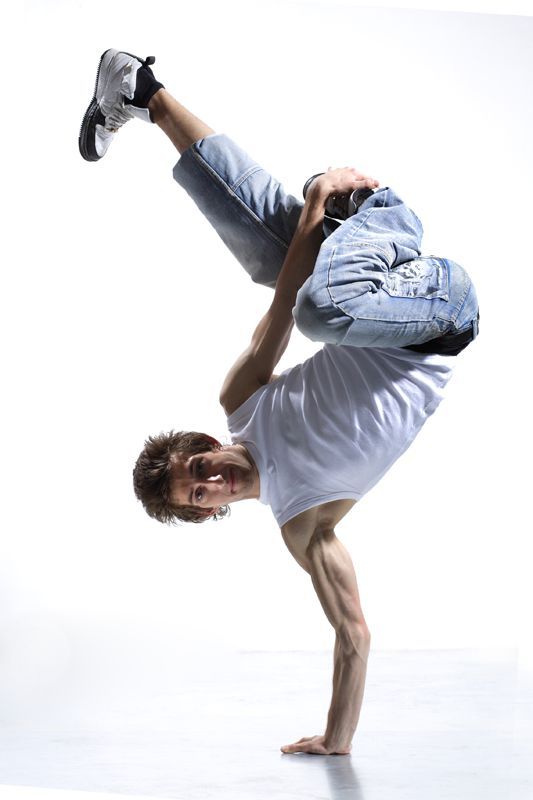 And if it's "just a school" that takes dance thinking in its unreflected form and tries to transfer it unconsciously to its students - I'm sorry, but such a school will only release good dancers into life by chance.
And if it's "just a school" that takes dance thinking in its unreflected form and tries to transfer it unconsciously to its students - I'm sorry, but such a school will only release good dancers into life by chance.  But I will repeat the main idea of this post: it is worthless to try to describe it, to develop it, if we are not talking about education. For I adhere to a constructivist interpretation: if you understand what the essence of dance thinking is, then be ready to demonstrate it in the educational process, i.e. take a student (and even yourself) and show how your version gives a successful dance with less effort, in less time than other methods. Well, or with a comparable time, it gives a more successful dance than the dances obtained by other variants of dance thinking, or even "beyond thinking". This applies to all thinking. If you figured out how to think well, then write a textbook and do exercises for it - create a training course for good thinking. Without this, any talk about thinking is meaningless.
But I will repeat the main idea of this post: it is worthless to try to describe it, to develop it, if we are not talking about education. For I adhere to a constructivist interpretation: if you understand what the essence of dance thinking is, then be ready to demonstrate it in the educational process, i.e. take a student (and even yourself) and show how your version gives a successful dance with less effort, in less time than other methods. Well, or with a comparable time, it gives a more successful dance than the dances obtained by other variants of dance thinking, or even "beyond thinking". This applies to all thinking. If you figured out how to think well, then write a textbook and do exercises for it - create a training course for good thinking. Without this, any talk about thinking is meaningless. 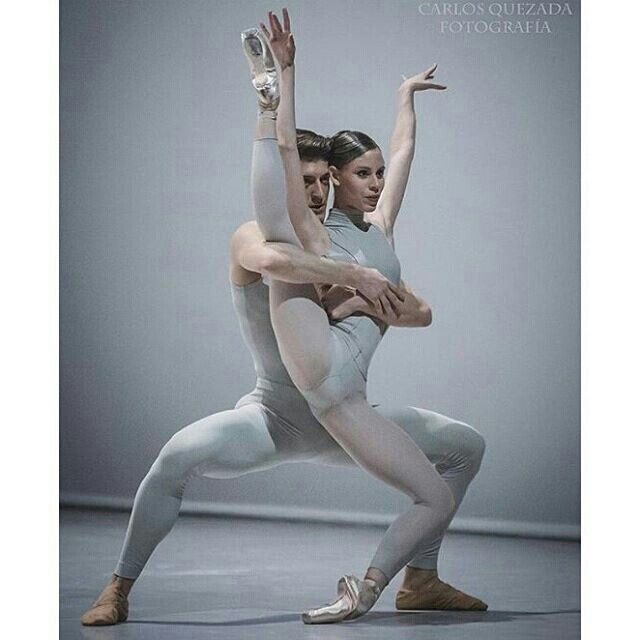
Track concern (wow!) with the text of the first few lines of the post from Valery Veryaskin (https://www.facebook.com /valery.veryaskin) -- https://www.dropbox.com/s/t3av2yybeezx3rj/concerns.mp3?dl=0
Anton Klimat's review -- https://vk.com/wall7236650_5234
Huge discussion of various dancers -- https://www.facebook.com/alexandra.vilvovskaya/posts/10154668226083705 (and many of my clarifying comments)
Discussion with emphasis on the "interpretation" of both dances and neural networks and a systematic approach: https://www.facebook.com/alexander.girshon/posts/1640359375980662
Discussion, including about "alchemy and chemistry" in dance, as well as the possibility of an engineering approach https://www.facebook.com/groups/fulldayideokinesis/permalink/1838725396157102/
Discussion in the KIZOMBA community (alas, only a small part of the post was published there - but the discussion about "muscle memory" and dancing did take place): https://vk.
